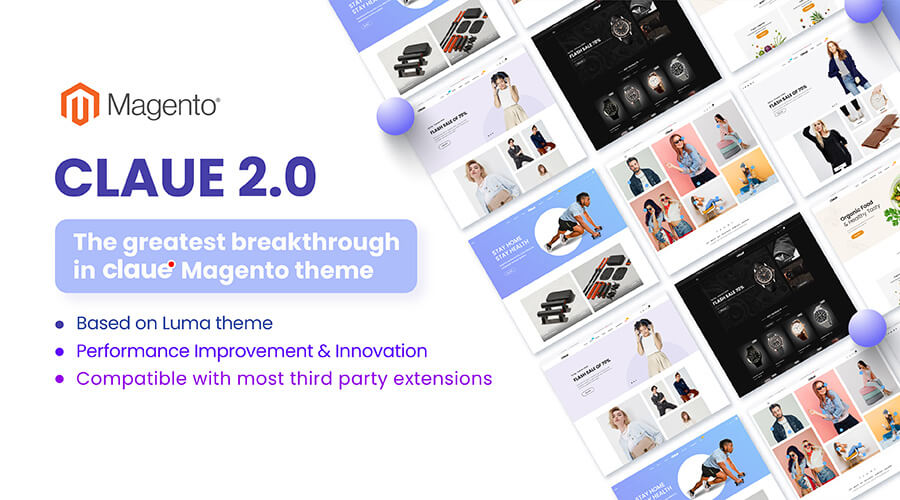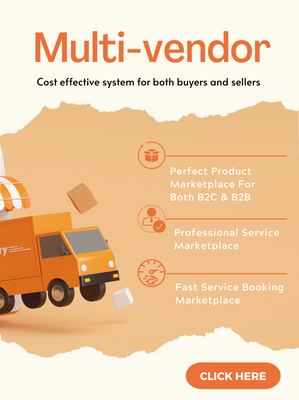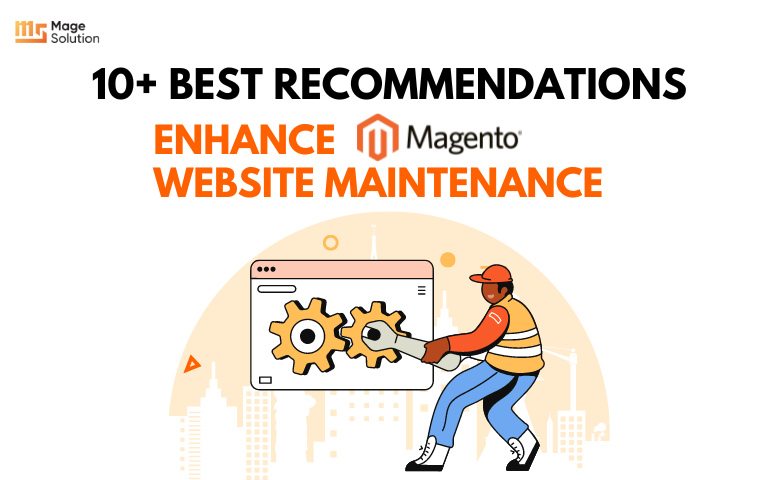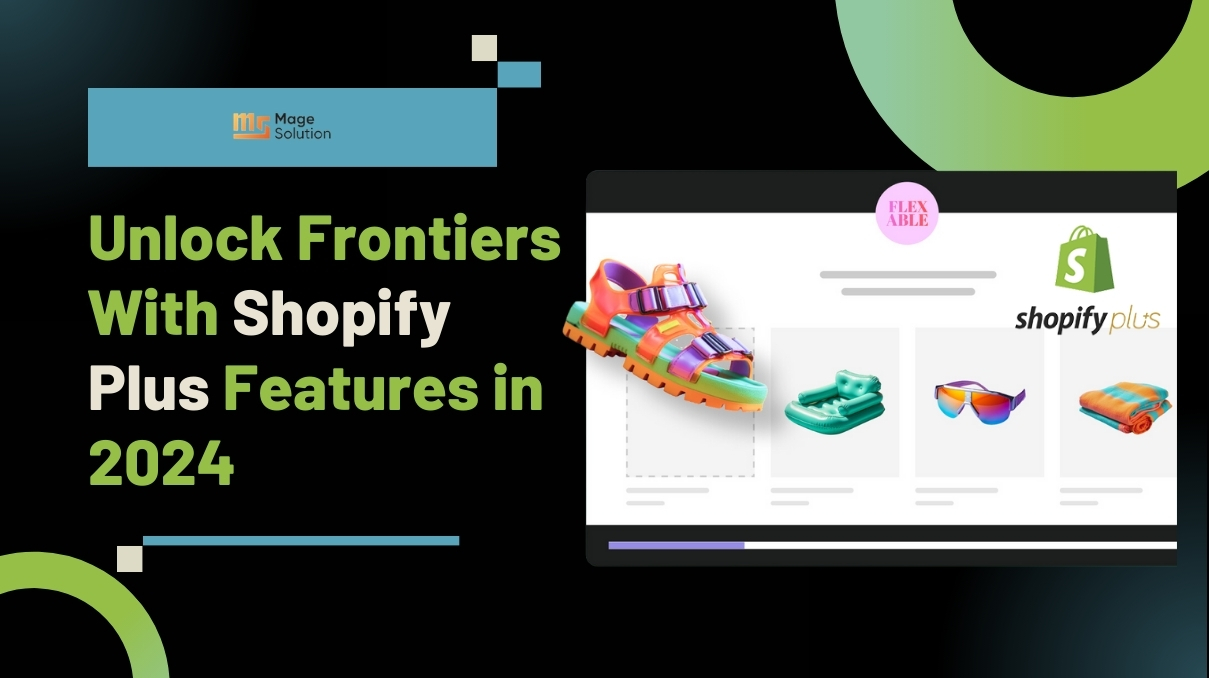Your cart is currently empty!
RFQ (Request for quotation): How to create it effectively for development agency
A request for quotation (RFQ) is a process in which the company invites outside vendors and suppliers to bid on specific products or services. Generally speaking, it is the request for the price of the items you know you want. However, it should always involve more than just the cost per item. With the request for quotation, it is possible to provide thorough information about the project and its requirements. It is the top priority to make specifications as detailed as possible to receive accurate quotes. This gives the ability to create a much more precise quote, compared to other suppliers. The other reason for making quotes specific lies behind the legal binding as quotes can be used for that.
The RFQ is an operation that is necessary for execution by a supply manager on a regular basis. There are multiple methods of doing it. Whichever one you choose, it is a robust method to reduce costs. In this article, we will discuss about how to create RFQ effectively for development agency.
HOT!! The version 2.0 of Claue have been released
Claue – Clean, Minimal Magento 2&1 Theme is an excellent template for a modern and clean eCommerce store with 40+ homepage layouts and tons of options for shop, blog, portfolio, store locator layouts and other useful pages. Claue version 2. 0 comes with a bunch of exclusive features including:
- Being based on Luma theme.
- Meet all standards of Magento Theme
- Significant performance improvement
- Compatible with most third-party extensions.
- Fully compatible with Magento 2.4.x
This second advanced version completely differentiates from its previous one. Thus, if you are using Claue version 1 and want to update to Claue version 2, you can only rebuild a new website no rather than updating from the old version.

The RFQ process
An RFQ doesn’t leave space creativity. But rather it demands that the vendor provides its quote on developing the exact type of software using predetermined specifications.
1. Preparation
The crucial part of creating an RFQ is preparation. It incorporates gathering of all the essential documents and recreating the process from an invitation to a closing of the deal. Always keep in mind the “big picture” of how you want your quote to be.
Using catalog RFQ, you can purchase high-volume items and make orders that are supplied to you on a regular basis. With the standard, you can place a quote on a fixed quantity of a specific product that you don’t purchase very often. As far as bid RFQ goes, you can use it to order a large and expensive machinery or equipment that has never been requested before.
2. Gathering the crucial documents
These include invitation and description of the bid, terms and conditions, the pricing template, qualification requirements along with the questionnaire, and awarding criteria. In the request, describe the company of yours, the project you are pursuing and all the other information that is necessary for the supplier to know what is your business about.
3. Give the legal framework for the bid
After that, attach the terms and conditions to give the legal framework for the bid. Describe what terms are accepted and on which you will not be working to reduce the processing speed of the deal negotiation and close the RFQ.
Pricing template gives guidelines to all of the participants to follow in submitting a bid. That is the document which will help you compare the offers to select the right one for you. Have a specific price breakdown based on the category of the product as well as deliver specific cost drivers.
Consider the following criteria while choosing the right supplier:
• Quality of the services or products;
• Price for quality offered by the supplier;
• Cost of ownership over the period;
• Risks and returns associated with the products and suppliers;
• Gathering documents is a significant step in the preparation process. The entire process itself should take up around 50% of your total RFQ time.
4. Management
- In that process, the most important is treating all your participants equally. Deliver all the updates on your project to the entire group of your suppliers. If someone of your suppliers ask a question about the project, make sure you answer it and share with the other group. Respect the common ethics of the process. At that time, you can always undergo a second round of price negotiation in case participants have the new price target in mind.
- The second to last step that you will be completing is awarding. Based on the data that you have gathered over time, decide on the supplier that you will choose. Awarding criteria comes in handy with this process. In the awarding process, try to invite as many different people from your company as you can, to make the decision. Make sure you keep a memo of how many total bids you received, how many you chose, who voted what and the reasons for why you chose the winning bets. It helps you to smooth and enhance the process of completing the RFQs in the future.
5. Closing
The final step in the RFQ process is closing. After you have selected your winner, it is helpful to conduct the last meeting where you close the deal and sign the contract. By taking care of the general terms and conditions in the preparation process, it should not take you much time and effort at all. If you have not, a long negotiation will be ahead of you, along with the possible change in price not in your favor. Also, get used to giving feedback to all of the participants of the bidding, not only the awarded ones. It is a good business practice, and it ensures that you will be able to keep connections in cases some valuable bids will be offered to you in the future.
How to create RFQ document so you can get an accurate Quote from development agency?
To answer this question, review following list of prerequisites that need to be in place before you create your initial project brief:
Survey: Research your competitor’s Websites and Collect a Feature List
When you wish to be an e commerce merchant, buckle-up . Visit your competitor’s websites and carefully note down all the features. If required don’t hesitate to note down the URLs with screenshots. This is the initial phase of research for you and will bring more clarity to your ideas and its USP (Unique Selling Proposition).
Product Images: Provide sample product images to your development agency
The most critical yet cumbersome is the process of creating product images. Its an investment which will reap favorable returns in the long run.
Check:
- Do you have all the product images in high resolution?
- Do they have white background or will they require further editing in Photoshop?
Product Data: Need to supply at least 5-6 complete records with all product attributes in a spreadsheet format with RFQ
As the eCommerce industry gets more and more sophisticated, Data holds the key to a robust and powerful back-end of your eCommerce website. Before start of development, review your product data to figure out if it is organised in a structured way in a spreadsheet or a database? Or is it possible to export data from your POS software? If not, how do you intend to do it?
Website Design: Pixel perfect design will get you visitor conversions.
The design of your eCommerce website is going to provide an identity to it, you need to be highly specific in terms of how you want your website to look and feel. In which particular way do you want to design your website? Do you have a preference for some specific colors or a theme of colors? Is your logo available in high resolution? Is there a particular website which you wish to emulate? State this in your RFQ document.
Menu Structure: Define Categories and subcategories.
This is the simplest of all the prerequisites yet highly critical. Try to define the categories and subcategories of your Menu Structure with utmost clarity. For example Home, About Us, Products, Solutions, etc. A well defined menu enables you in creating a proper structure for your eCommerce website, which in turn plays a significant role during the development process.
Budget and Funding
E-Commerce website is a mainstay project and should not be taken up as a side project. It requires serious investment along with a lot of hard work. If your budget is less than USD 7000-8000, we would suggest you to give a second thought to your plans for developing an eCommerce website. Because inferior quality websites don’t sell (Period). Higher the budget better will be the quality of your eCommerce website.
You may like:
- Magento implementation service vietnam: How to select the right partner for your business
- Magento company Vietnam: The hiring advantages and how to search for them
A template for your initial website brief to send to your development agency:
Overview:
Provide a summary about your project. Also specify your deadline for completion of the project.
Features:
A list of features you require in your eCommerce website with examples and references.
Images and Data:
Along with your project requirement document also send sample data set of minimum 3-4 records (You may omit any proprietary info eg. purchase cost). Also send along a few reference images, if required, you may watermark these images eliminating any possibility of their reuse.
Use Cases:
Try and define few use cases. Stakeholders and players in the website and what will they do. Google “use cases” and you will find a ton of information on how to define use case. It helps your development agency to fine tune the user activity flow.
Special Features:
If your eCommerce website has a few out of the box features or special requirements, for instance the website should detect the user’s country. It also changes the currency automatically, please state these requirements clearly.
Menu Structure, Design and Template:
If you have already done a mock up, send it without any hesitation. Even a hand drawn sketch of home page showing your perspective and how you have been visualizing your eCommerce website will be of great use. Also, provide details about the menu structure of your website.
Conclusion
The process of RFQ is one of the most influential tools for the buyer to inquire additional information about the price on the supplier market. It is vital for mid-large companies to figure out how to run the RFQ process efficiently. Consider the request for quotation is like a bonding between a husband and wife. It is essential to find the right supplier for your business as this connection can be advantageous for years ahead. Nurturing this relationship is vital for both sides. The strategy is important, and you always have to remember that while conducting the RFQ.
Level up your website with ArrowTheme – official partner of Magento
Looking for a custom design or redesign of your online store? Whatever custom solutions are required for your Magento eCommerce project to create bigger revenue – we are here to meet that challenge. At Magesolution, we provide end-to-end services including consulting, custom design & development, as well as support and maintenance services for your online site. Contact us for a free consultation



